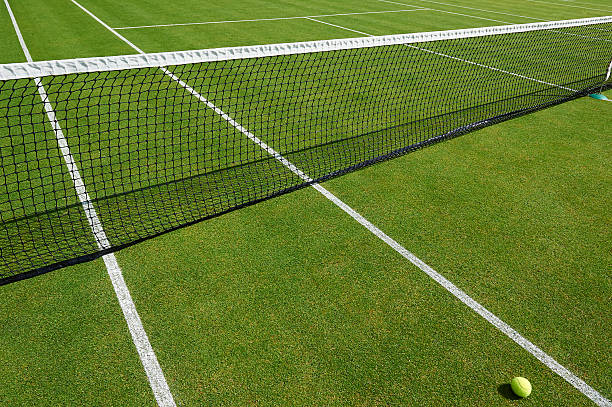Tennis has come a long way since its origins in 12th-century France, and nowhere is this evolution more apparent than in the gear players use. From the early days of wooden rackets and plain sneakers to today’s cutting-edge equipment, tennis gear has undergone transformative changes that have revolutionized the sport, enhancing player performance and reshaping the way the game is played.
The Early Days: Wooden Rackets and Simplicity
In the late 19th and early 20th centuries, tennis was primarily played with wooden rackets strung with natural gut. These rackets, crafted from ash or maple wood, were heavy and prone to warping, requiring players to focus more on finesse than power. The strings, often made from sheep gut, were delicate and needed frequent replacement.
Players wore basic white canvas sneakers with little cushioning or support, while clothing adhered to strict dress codes—long skirts for women and full-sleeve shirts for men. Performance-enhancing gear was almost non-existent, making skill and endurance the primary factors in matches.
The Shift to Metal and Composite Rackets
The 1970s marked a turning point with the introduction of metal rackets. Jimmy Connors famously wielded the T-2000, a steel racket that offered greater power and precision. Soon after, composite materials like graphite and carbon fiber entered the scene, replacing wood entirely by the 1980s. These materials provided lighter, more durable rackets with larger head sizes, enabling players to hit harder and with more spin.
The oversize racket heads pioneered by Prince in the 1970s were a game-changer, offering a larger sweet spot that benefited both amateur and professional players. This innovation set the stage for the aggressive, fast-paced style of play seen today.

String Technology: Beyond Natural Gut
While natural gut strings remain a favorite for their elasticity and feel, the advent of synthetic strings has added variety and durability. Polyester strings, introduced in the 1990s, allow players to generate exceptional spin and control, while hybrid setups combine different string types to maximize performance.
The use of advanced stringing techniques, like pre-stretching and tension optimization, has further fine-tuned racket performance, catering to players’ individual styles and preferences.
Footwear Revolution: From Sneakers to Performance Shoes
In the early days, tennis shoes were simple canvas designs with flat soles. Today, they are engineered for stability, grip, and cushioning. Modern tennis shoes feature technologies like gel padding, air-cushioned midsoles, and reinforced toe caps, designed to withstand the rigorous lateral movements of the game.
Specialized shoes for different court surfaces—hard, clay, and grass—ensure optimal traction and support, allowing players to perform at their best without risking injury.
Apparel: From Tradition to Technology
Tennis attire has transitioned from traditional whites to functional and fashionable performance wear. Modern fabrics incorporate moisture-wicking, UV-protective, and stretchable properties, keeping players comfortable during intense matches.
Brands like Nike, Adidas, and Lacoste have also embraced sustainability, introducing eco-friendly apparel made from recycled materials. Players now enjoy gear that not only looks good but also enhances their mobility and keeps them cool under pressure.

Data-Driven Gear: The Tech Boom
The latest revolution in tennis gear comes from technology. Smart rackets equipped with sensors track swing speed, spin, and ball impact, providing players and coaches with valuable data to refine techniques. Wearable devices, like fitness trackers and GPS monitors, help optimize training by analyzing movement, heart rate, and recovery.
Ball-tracking systems and Hawkeye technology have also changed the way players approach matches, offering insights into shot placement and court positioning.

How Gear Shapes the Game
The evolution of gear has undeniably changed the dynamics of tennis. Faster serves, heavier topspin, and powerful baseline rallies are now standard, making the game more physically demanding and exciting to watch. While purists may lament the loss of some finesse, modern technology has opened up the sport to a wider audience, enabling players of all levels to improve their game.
Looking Ahead: What’s Next in Tennis Gear?
As sustainability becomes a priority, expect more eco-conscious innovations in tennis equipment. Advances in AI could lead to even smarter gear, while 3D printing may revolutionize racket and shoe customization. The future of tennis gear promises to blend tradition with technology, ensuring the sport continues to evolve.
Tennis gear is more than just tools for the game—it’s a testament to how far the sport has come and a glimpse into where it’s headed. Whether you’re a weekend warrior or an aspiring pro, the right equipment can make all the difference in elevating your performance on the court.









